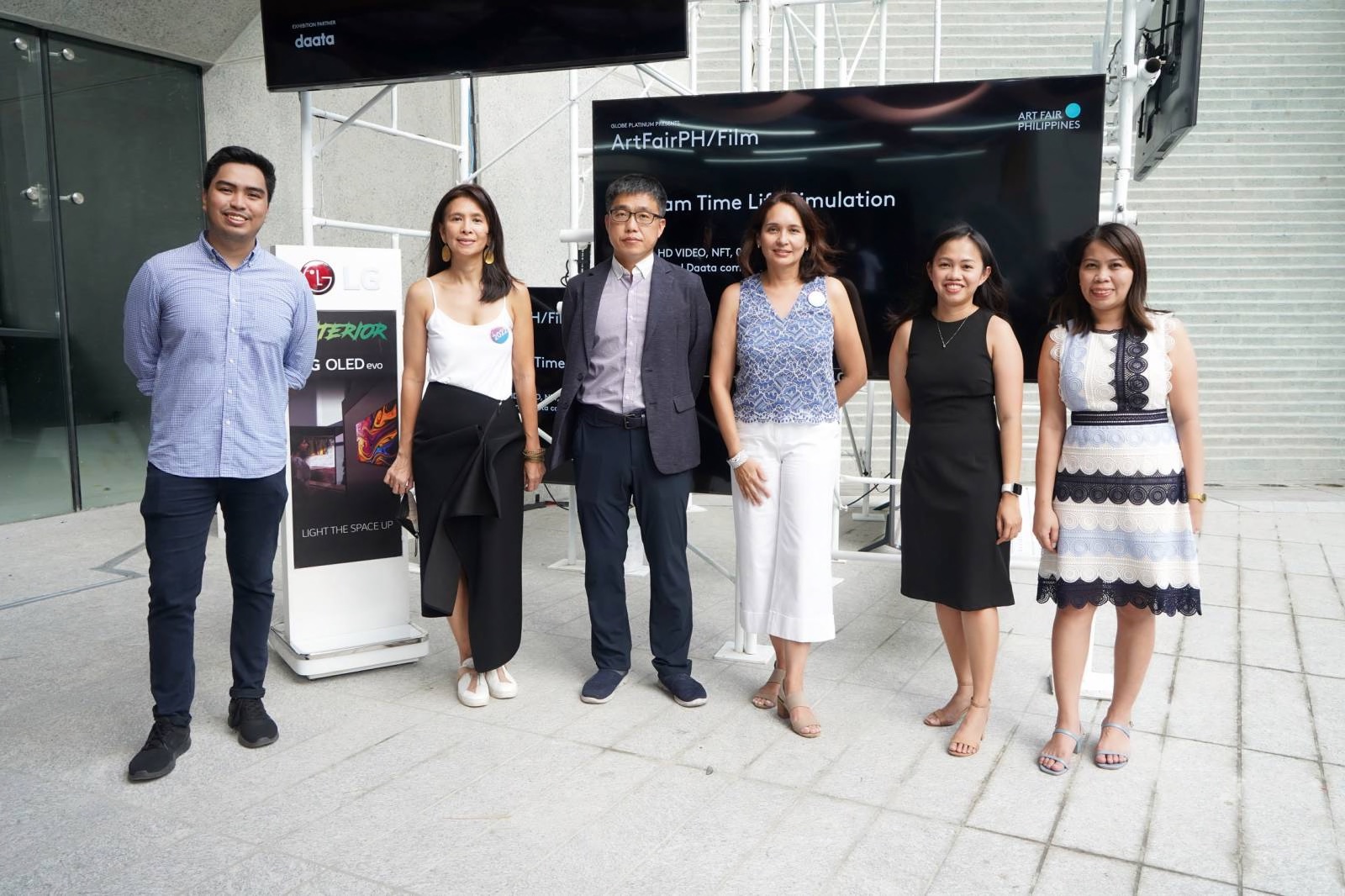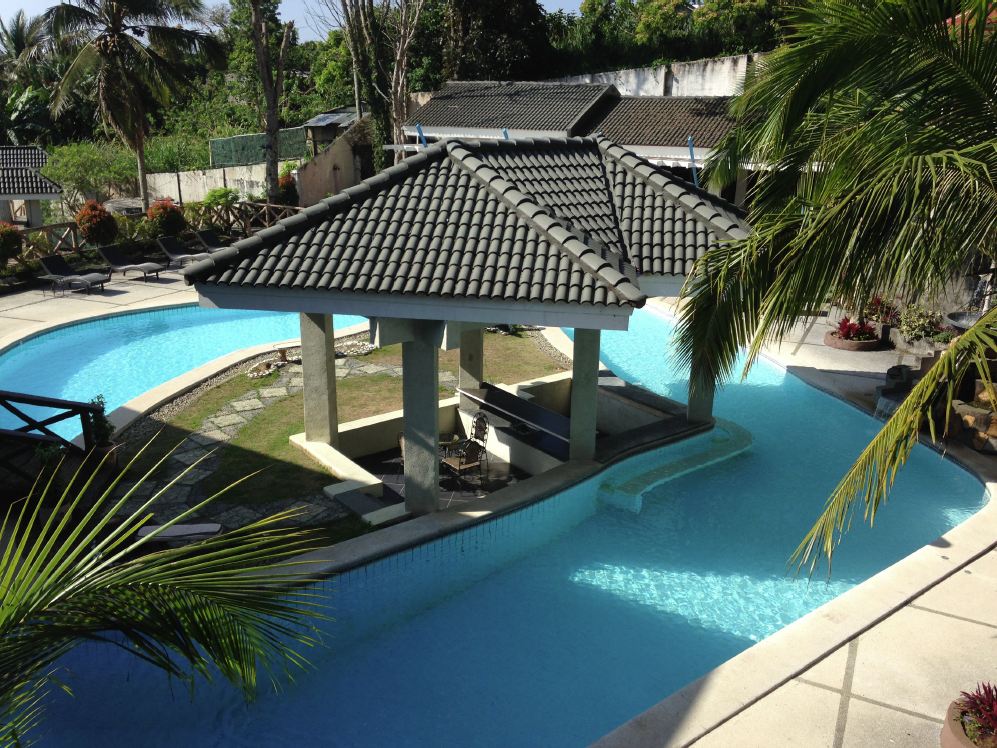While the Philippines continues to experience rising annual tourism arrivals for the past few decades, there remains a lot to be done in order to maximize the country’s international standing as a worthy tourism magnet, and be at par with that of its Asean neighbors.
This was the central subject of Andrew Harrison’s address during the Cebu Business Month 2016 Tourism Forum. Harrison is the president of GMR-Megawide, the company that won the 25-year concession to rehabilitate and mage terminal operations at the Mactan Cebu International Airport (MCIA).
According to Harrison, there is no “one-size-fits-all” or “generic” campaign anymore as tourism authorities have to study specialized marketing campaigns for each intended country in order to better respond to their specific needs and demands as a global customer.
Areas of improvement
In China for example (the world’s biggest travel market), Harrison suggested that the Philippines needs to advertise and promote through social media in Chinese in order to establish an immediate connection with their intended target markets, as social media plays a prominent role in the travel habits of the Chinese traveler.
“Facebook and Twitter are often consulted by the Chinese travel market. They want to see the travel experiences and feedback of their countrymen. So we should know how to maximize
these media,” he declared.
Harrison also pointed out the vital role of airports in the connectivity aspect consisting of hotels, transportation, sightseeing, etc., as he said that the Philippines could attract as much as four times the current number of Chinese tourists if the connectivity system was in order.
Another factor cited is the need to relax visa rules in order to lure in more visitors who seek shorter visits and fewer restrictions for a hassle-free stay in a foreign country.
Harrison pointed to India, which doubled their tourist arrivals due to a harmonized visa system that enable visitors to stay in the country for an extended period of time.
Other constraints
Agreeing with him on the need to promote the Philippines more extensively, former Tourism Regional Director Dawnie Roa cited how the low budget allocation of the Department of Tourism has further hampered the overseas marketing campaigns of the country.
“Foreign trade fairs are likewise expensive. It costs US$55,000 to rent space for a small booth plus the hiring of additional personnel who speak the language. We probably have the smallest budget in the Asean region but we remain hopeful of positive change,” she said.
Roa likewise cited the scarcity of paperless guides and the inconsistency of taglines as obstacles in the promotion of the Philippines which has further handicapped the country’s visibility and presence in the international community.
Another speaker, Ron Jabal, recommended several steps that the country has to embark on in order to fully modernize and cope with the present-day demands of the foreign market.
According to him, travelers go online for travel inspiration, research, and booking.
“Likewise, they move across devices for all types of travel activities, consult user comments and online travel videos, and enroll in loyalty programs which impact their likelihood to book,” he said.
He added that tourism entities have to create 360-degree travel campaigns with attractive incentives, offer instant visitor assistance via online chats, make extensive usage of maps and comprehensive research, and compliment their campaigns with traditional media.
The Tourism Forum is one of the important highlights of the Cebu Business Month which is headed by the Cebu Chamber of Commerce and Industry (CCCI).
By RICHARD RAMOS

Challenges bared at Cebu tourism forum
Published on August 8, 2016
This post was last updated on March 26th, 2020 at 02:59 pm









